Supernova in the Sky: Campfire Audio Polaris Headphones
Hi, Giktayms! Recently, many companies have begun to try themselves in the market of premium headphones: users are tired of cheap “gags”, have opened completely different sound horizons and constantly demand something new. Therefore, manufacturers often try to play on trends do not end with success - the slightest dissatisfaction with the frequency response of headphones can put an end to a new model, because it is very difficult to please sophisticated audiophiles. Nevertheless, some still manage to melt the icy heart and, as they say, "sink into the soul." Campfire Audio was also able to do this.
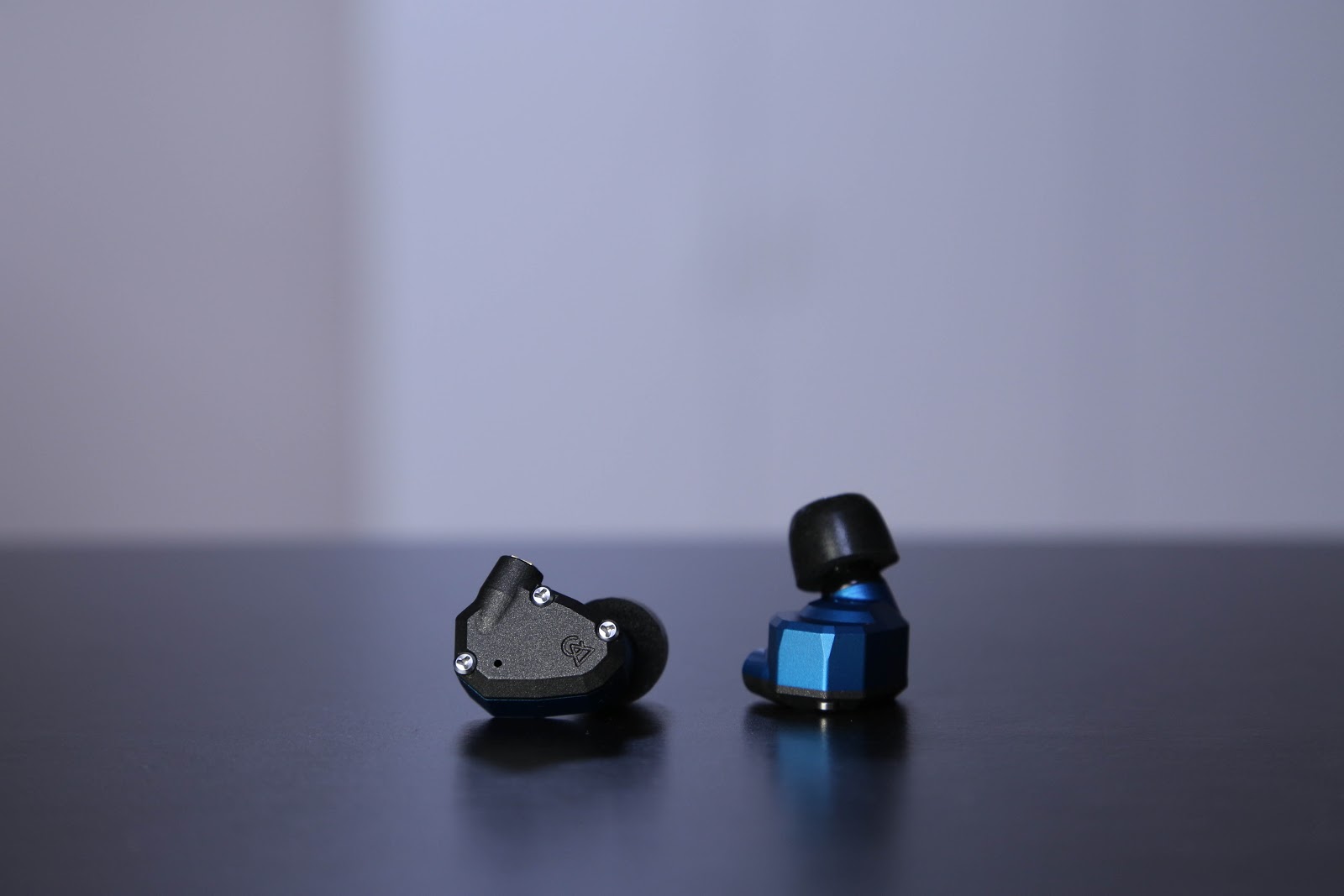
Those who follow the development of the portable audio market should not be reminded that Campfire Audio began its ascent not with premium headphones, but with the production of high-quality audio cables. For 10 years, the manufacturer produced them under the ALO Audio brand, and only three years ago, he tried himself in the horizon of the creators of the highest quality IEM. These guys have plenty of experience in the "premium" because ALO Audio cables rarely cost less than a few hundred dollars.
From the very beginning, Campfire Audio chose the “space” direction of its headphones, as if hinting to competitors at the high level of quality of the devices produced. Few people decide to take this step, although in most cases it is justified to take the same Razer company, which gives the computer mouse the names of snakes, and names the keyboards like spiders. Yes, and so much easier for buyers to navigate the company's product line. Therefore, Campfire Audio debuted with the models Orion, Lyra and Jupiter, which surprisingly very quickly brought the first wave of popularity and a lot of laudatory reviews on audiophile forums to the producer.
')

Apparently, the company was so inspired by the success of its pioneers, that after quite a bit of time, it presented two more pairs of “space” headphones - Nova and Andromeda (the latter, by the way, we are already familiar with ). And now, another new model of headphones has appeared on the Russian market - Campfire Audio Polaris hybrids, past which we could not pass by.
Like all Campfire Audio headphones, the Polaris are designed in the small American town of Portland. Headphones are made entirely by hand, and not at some Chinese factory, where cheap devices are assembled on the right, and premium ones on the left. The assembly is carried out in the USA, which is partly due to the rather large price of Polaris. However, in comparison with other models of Campfire Audio, a novelty can be called a budget (this is generally one of the most affordable models of the manufacturer), which causes even more interest.
With the look of the Campfire Audio box, it was decided not to be particularly wise: for Polaris, this is all the same “ingot”, as small as a small purse, decorated in a space theme with a touch of abstract expressionism. In contrast to the decisions of many other manufacturers who like to make a box of corn flakes for small headphones, here the usable area is used to the maximum. On the front side, the model name is indicated in large font, and below is a picture of headphones.


Inside we are greeted with a hard black leather case with a trademark logo, in which the headphones themselves are hidden. For additional protection from external influences, a soft material was placed inside the case, which to the touch resembled sheep's wool.


At first glance it may seem that the package ends here, but, as we have said, the area inside the box is used as logically as possible. Therefore, here we are met by a double bottom, where you can find all the necessary accessories. The latter include the SpinFit kit, interchangeable silicone ear cushions of size S, M, L, a brush for cleaning sulfur tips (otolaryngologists still argue about how best to clean the ears). In addition, the package included foam ambushures of sizes S, L and M - the latter turned out to be worn, since this is the most popular size among users. Branded clip Campfire Audio with gold-plated inserts looks spectacular as an expensive evening dress, and casual wear.
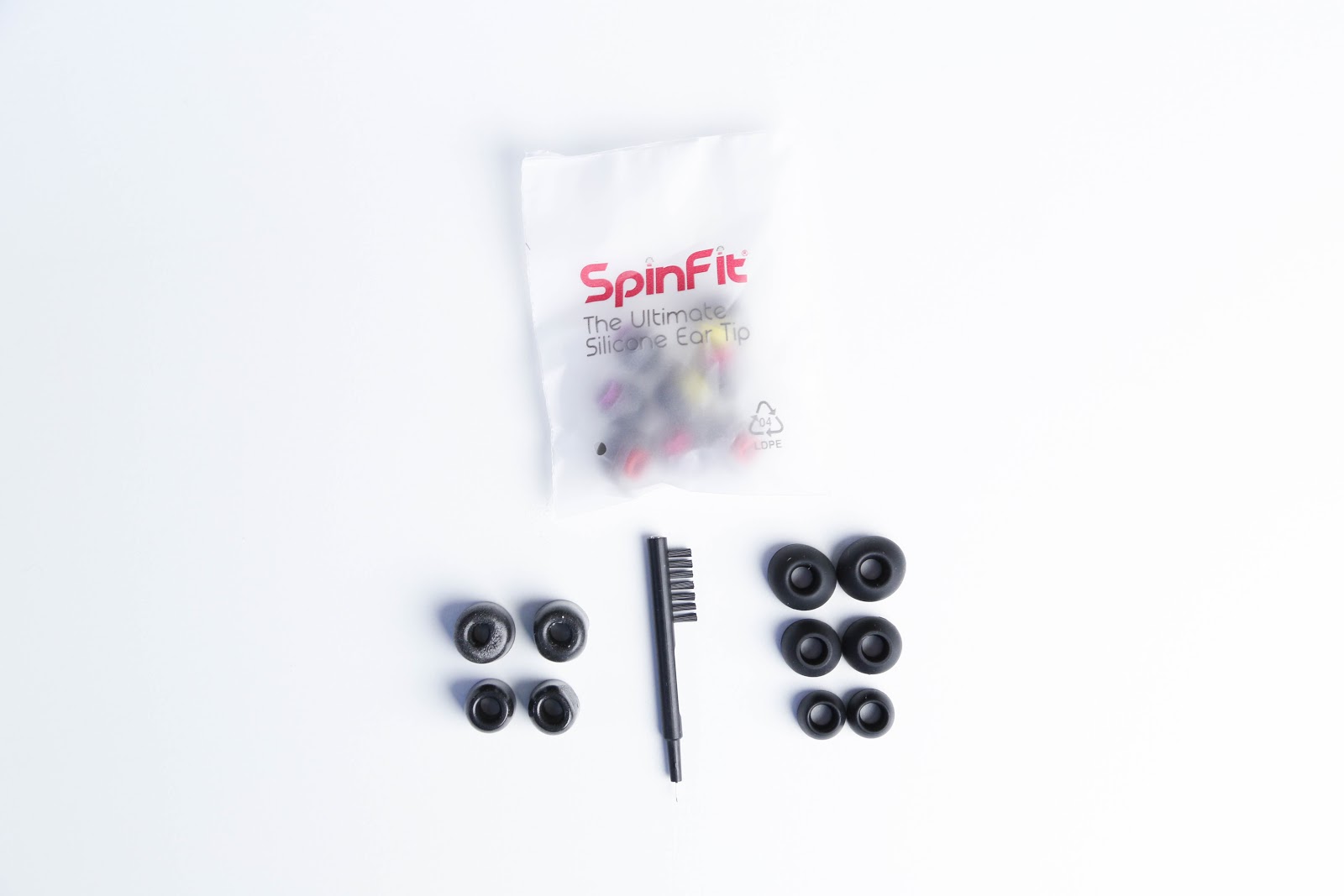
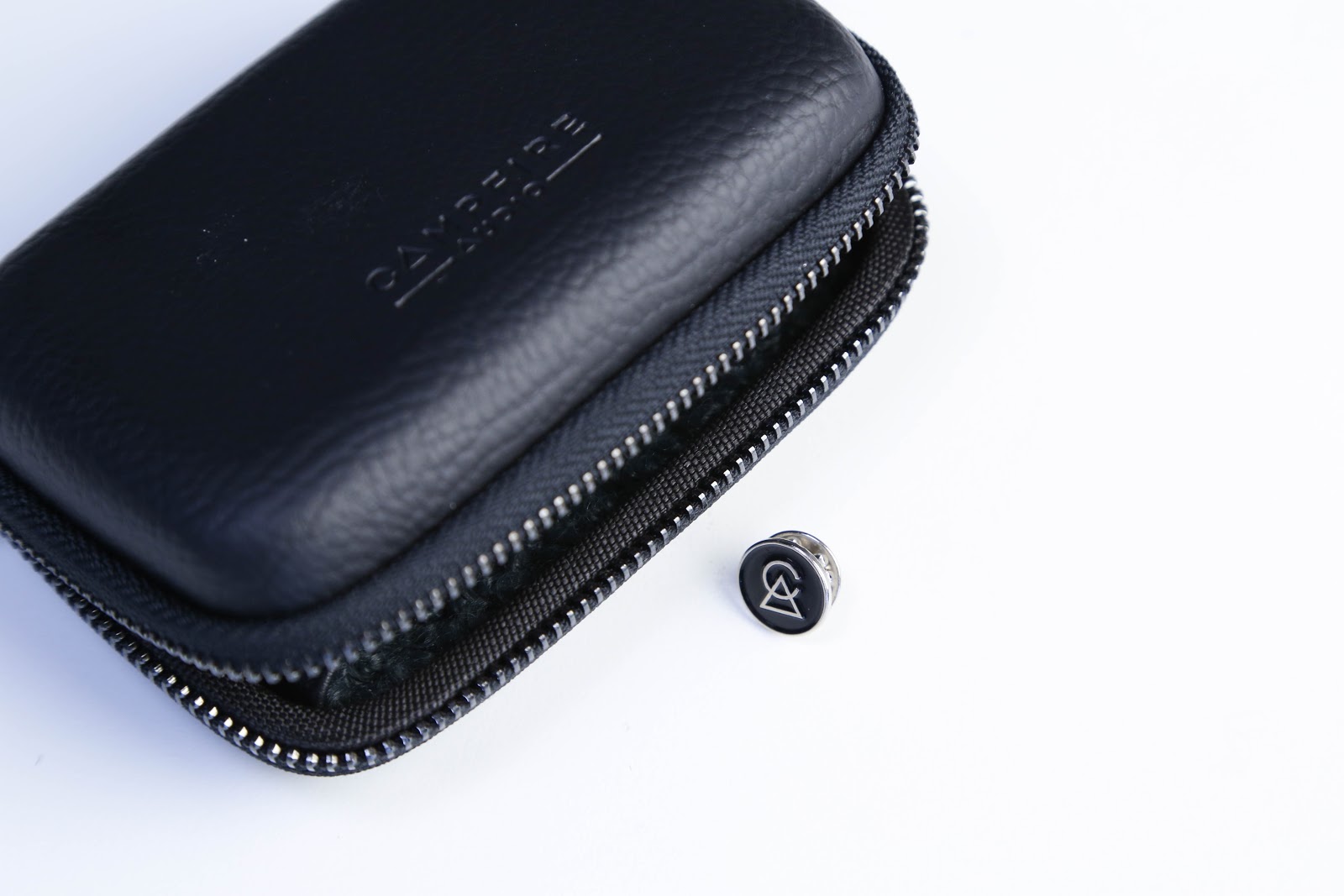
Perhaps the only thing missing is one more interchangeable cable (small spoiler), many years of ALO Audio experience would allow it. At the same time, they put everything they needed, and in the premium segment it was somehow not customary to ship the buyer with cheap accessories, just to prove to him that he had not spent money in vain.
Externally, the Polaris is similar to other Campfire Audio models: the same futuristic angular shapes in which you can recognize players from one well-known manufacturer of Hi-End players, high build quality, where everything fits perfectly, but there are also differences. If the same Andromeda case is completely made of anodized aluminum of the highest class, then in Polaris a Ceracote coating has been added to it, placed on the outside, with a small manufacturer's logo. From the inside - anodized blue coating.

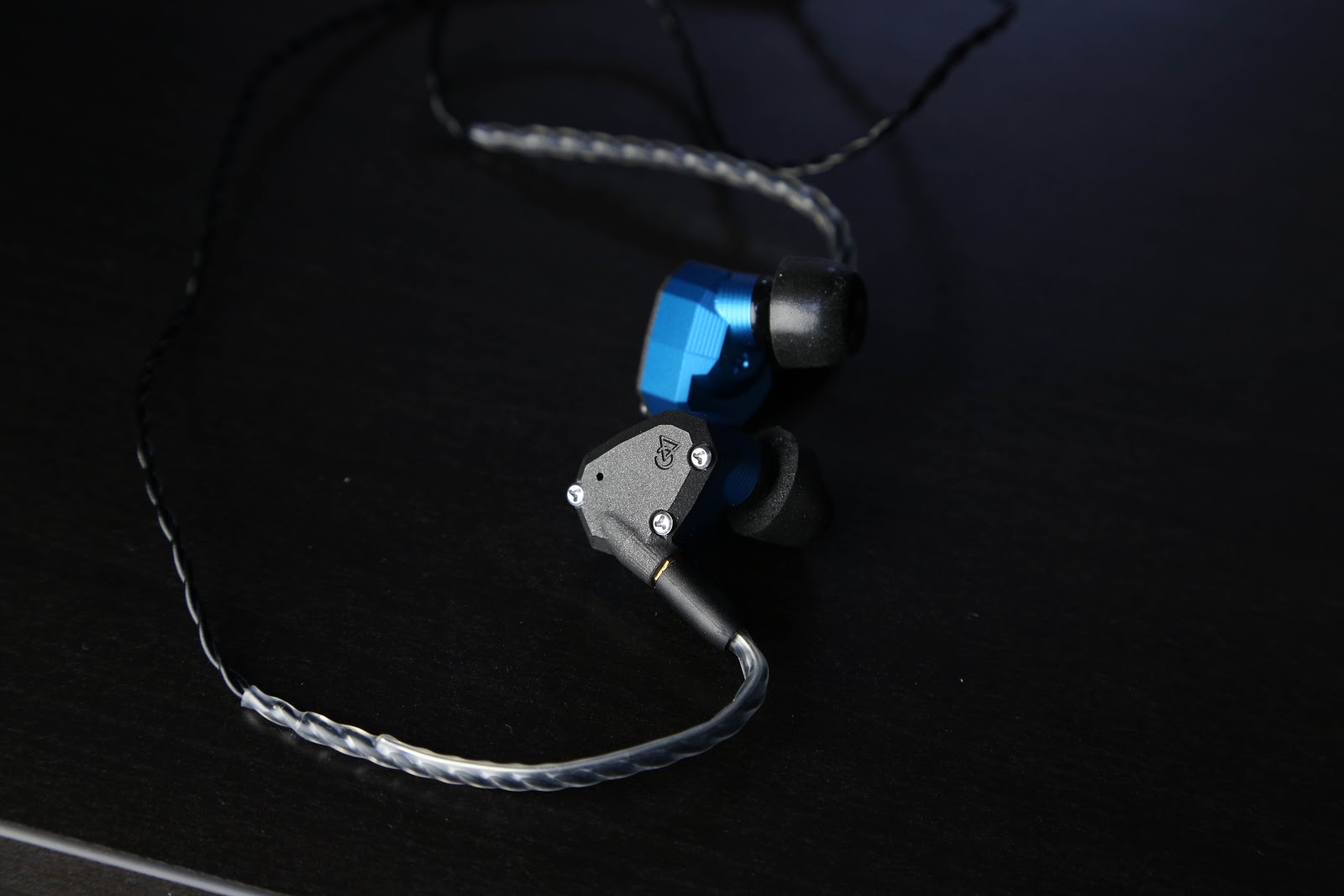
Despite the pronounced angular shape, the headphones sit comfortably in their ears, because they have rather long sound guides, so the stylish design of the device is not hidden behind the auricle. It can be seen that they tried to get over the landing at Campfire Audio: if in Lyra and Jupiter models we had to spend a couple of days getting used to it, then this is not the case with Polaris. Headphones immediately "sit down" as it should, and if this did not happen, you just need to pick up the attachment to the size of your ear canal.
The cable was left interchangeable with MMCX connectors, which allow, if necessary, to pick up another wire or replace the complete one if something happens to it. The latter scenario, however, is unlikely - it is enough to recall, again, the manufacturer’s specialization before the appearance of premium headphones on the market. The cable itself is a bit simpler than in the expensive Campfire Audio models: it is copper, there is a section with memory effect closer to the ears, since Polaris is designed for behind-the-ear, then the usual braided wire goes, which, it should be noted, is not prone to entanglement, mikrofonit "and does not harden in the cold.

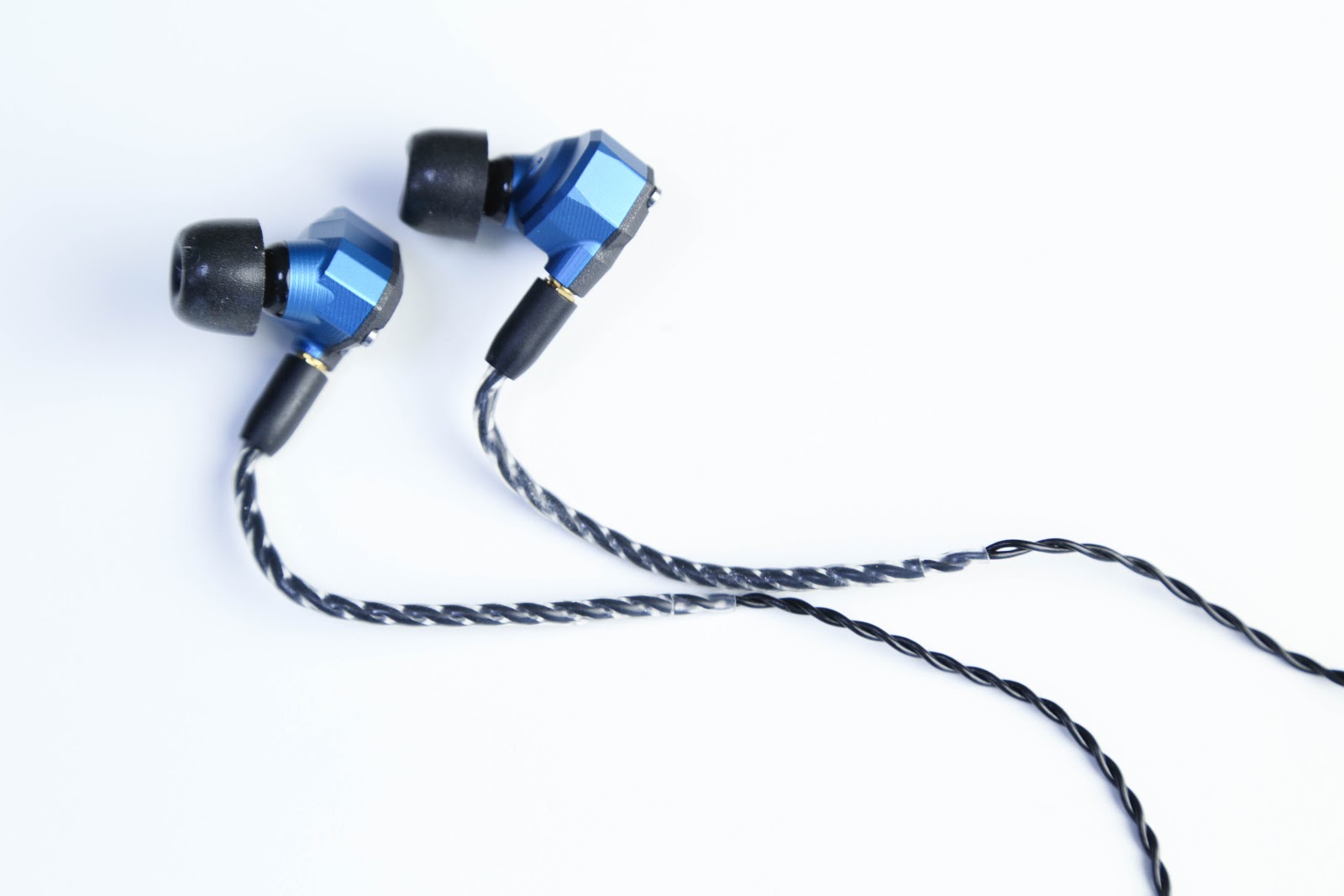
Though the splitter is plastic, but reliable, with a tight slider for adjustment. At the end of the cable - an angled 3.5 mm standard plug. What is missing? Perhaps only a playback control console, although with smartphones these headphones are hardly advisable to use, as we will see.
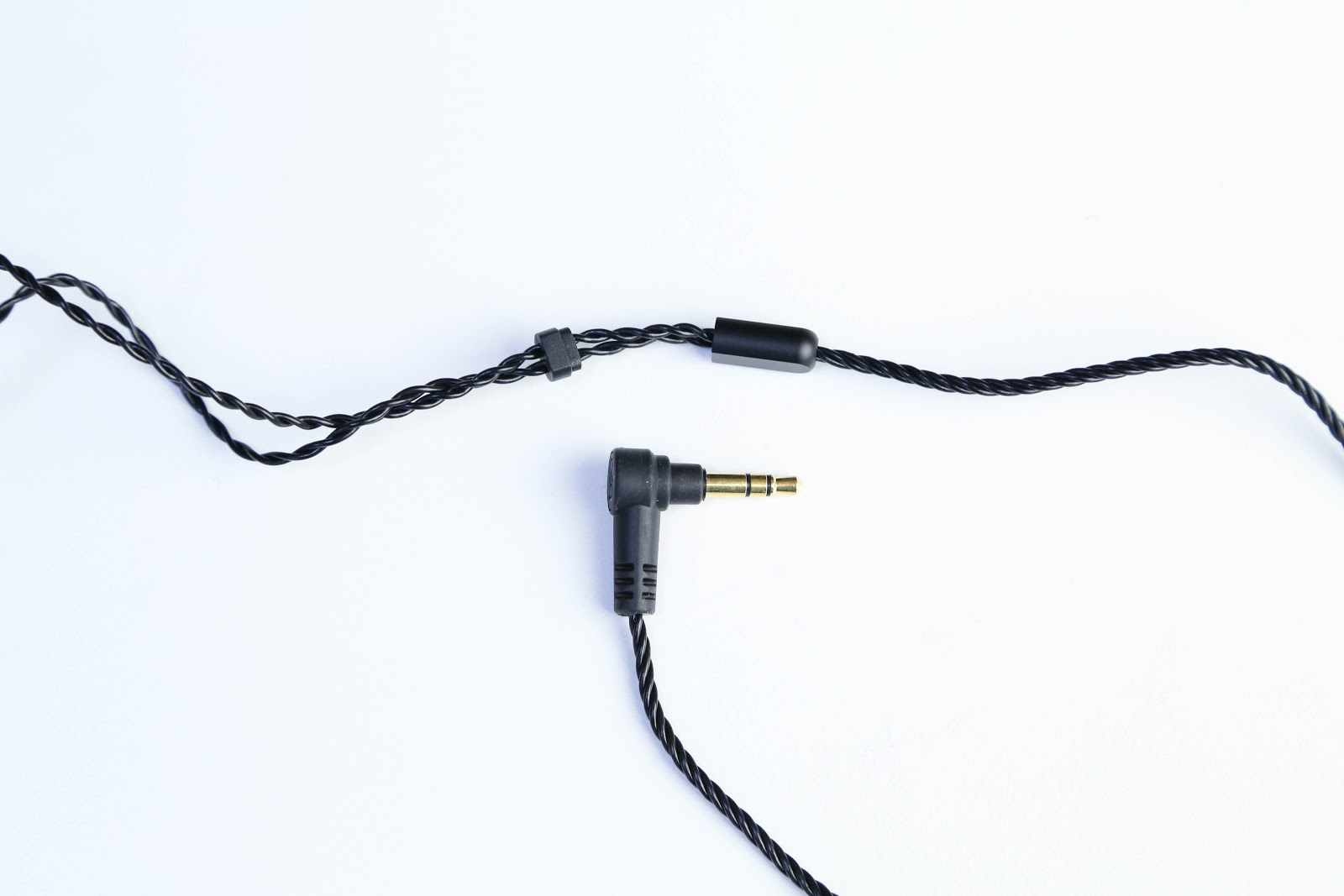

As mentioned earlier, the Polaris is a hybrid model in which there is one 8.5 millimeter dynamic driver and one balanced high-frequency reinforcement driver. High quality of the reproduced sound in the first case is ensured by the presence of the Polarity acoustic camera (because of it, the body had to be slightly enlarged), in the second case - by a specially tuned TAEC camera. Technology Tuned Acoustic Expansion Chamber implies the absence of active filters at the stage of the sound, making it more natural. The dynamic driver responds to low frequencies, the reinforcement driver responds to the middle and upper frequencies, and due to the fact that mixing and dosing of the bass is carried out without electronic components, no extra noise arises.

For the same reason, the sound guide on each headphone is divided into two channels: one is used by the dynamic driver, the other by the rebar. Polaris have a V-shaped tuning sound, in which the emphasis is on the bass and high frequencies, while the middle frequencies are slightly relegated to the background. For this reason, some headphones may like more of the same Andromeda, where, due to the lack of a dynamic emitter, there was a slight lack of bass.
Headphone soundproofing is average. To achieve maximum unity with the music, it is better to use the foam nozzles, but in order not to spoil your impression, it is better not to go down in the subway with them. However, in conditions of urban noise Polaris showed their best side.
Due to the fact that the black plastic sound guide is slightly elongated in comparison with other Campfire Audio models, first you catch yourself thinking that Polaris sounds more natural than its fellows. Bass is deep enough to transmit all the low-frequency elements of the composition, but it does not “hit the skull”. By the way, for this, the manufacturer even changed the usual silver-plated cable to copper. There are also no complaints about high frequencies, and the only thing to complain about is the mid-frequency range. If you look at the frequency response, you can notice a decline in the MF section, although not very pronounced.

What are the consequences? In fact, not so deplorable, because of this to give up on Polaris. Just on some tracks, the male baritone may sound a bit “higher” than it actually is. Nevertheless, few can catch this difference.
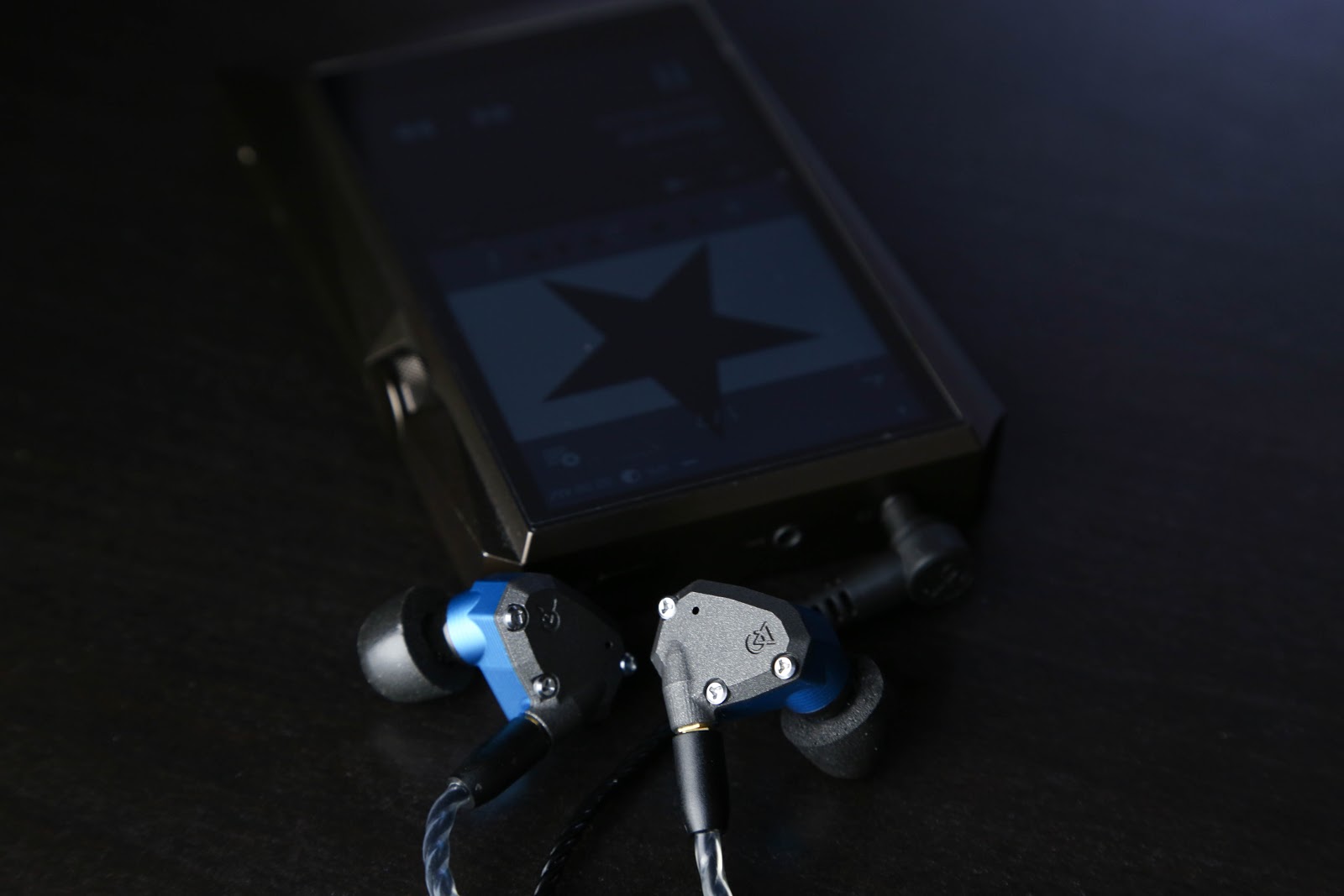
As for genre predispositions, Polaris is clearly created for energetic genres like electronic music and hip-hop, which does not at all rule out listening to hard rock (just the opposite) and vocal compositions. Listening to music brings real pleasure if you connect these headphones to a player like Astell & Kern AK380: not only are both devices similar in design with their angular shapes, they also complement each other perfectly, giving out a sound that delights.

In this, perhaps, a Campfire Audio headset chip: like a budget model compared to the rest of the line (about 40 thousand rubles versus 80 thousand rubles from Andromeda), but it was created primarily for players able to unlock their full potential. Of course, no one forbids connecting headphones to the iPhone, but if the goal is to “touch the beautiful”, it is better to fork out on the device more impressively.
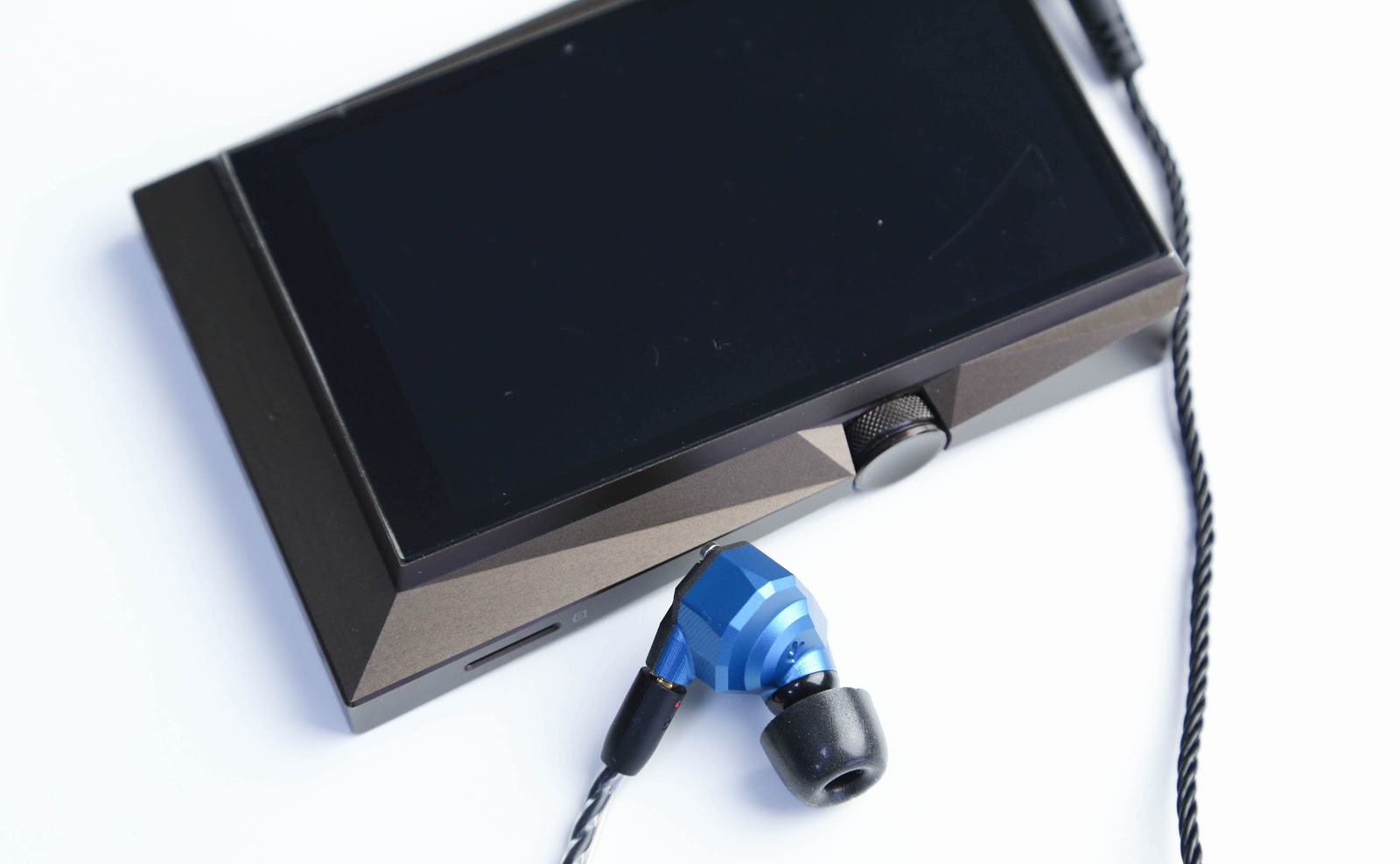
Campfire Audio Polaris , in spite of its price, is clearly not a mass headphone, but at the same time allows expanding the base of listeners who are not accustomed to paying for the sound more than 50 thousand rubles. Choosing this model, you need to understand that the board basically goes for the sound and the technologies used (anodized aluminum - so, on change), and not for the case of the Australian lamb leather, gold inserts on the clip and other stuff that a true lover of sound just does not need Hybrids are clearly a success to the manufacturer, and the quality of performance, coupled with a stunning sound, help close our eyes to minor flaws. So we meet the supernova!

Those who follow the development of the portable audio market should not be reminded that Campfire Audio began its ascent not with premium headphones, but with the production of high-quality audio cables. For 10 years, the manufacturer produced them under the ALO Audio brand, and only three years ago, he tried himself in the horizon of the creators of the highest quality IEM. These guys have plenty of experience in the "premium" because ALO Audio cables rarely cost less than a few hundred dollars.
From the very beginning, Campfire Audio chose the “space” direction of its headphones, as if hinting to competitors at the high level of quality of the devices produced. Few people decide to take this step, although in most cases it is justified to take the same Razer company, which gives the computer mouse the names of snakes, and names the keyboards like spiders. Yes, and so much easier for buyers to navigate the company's product line. Therefore, Campfire Audio debuted with the models Orion, Lyra and Jupiter, which surprisingly very quickly brought the first wave of popularity and a lot of laudatory reviews on audiophile forums to the producer.
')

Apparently, the company was so inspired by the success of its pioneers, that after quite a bit of time, it presented two more pairs of “space” headphones - Nova and Andromeda (the latter, by the way, we are already familiar with ). And now, another new model of headphones has appeared on the Russian market - Campfire Audio Polaris hybrids, past which we could not pass by.
Like all Campfire Audio headphones, the Polaris are designed in the small American town of Portland. Headphones are made entirely by hand, and not at some Chinese factory, where cheap devices are assembled on the right, and premium ones on the left. The assembly is carried out in the USA, which is partly due to the rather large price of Polaris. However, in comparison with other models of Campfire Audio, a novelty can be called a budget (this is generally one of the most affordable models of the manufacturer), which causes even more interest.
Contents of delivery
With the look of the Campfire Audio box, it was decided not to be particularly wise: for Polaris, this is all the same “ingot”, as small as a small purse, decorated in a space theme with a touch of abstract expressionism. In contrast to the decisions of many other manufacturers who like to make a box of corn flakes for small headphones, here the usable area is used to the maximum. On the front side, the model name is indicated in large font, and below is a picture of headphones.


Inside we are greeted with a hard black leather case with a trademark logo, in which the headphones themselves are hidden. For additional protection from external influences, a soft material was placed inside the case, which to the touch resembled sheep's wool.


At first glance it may seem that the package ends here, but, as we have said, the area inside the box is used as logically as possible. Therefore, here we are met by a double bottom, where you can find all the necessary accessories. The latter include the SpinFit kit, interchangeable silicone ear cushions of size S, M, L, a brush for cleaning sulfur tips (otolaryngologists still argue about how best to clean the ears). In addition, the package included foam ambushures of sizes S, L and M - the latter turned out to be worn, since this is the most popular size among users. Branded clip Campfire Audio with gold-plated inserts looks spectacular as an expensive evening dress, and casual wear.


Perhaps the only thing missing is one more interchangeable cable (small spoiler), many years of ALO Audio experience would allow it. At the same time, they put everything they needed, and in the premium segment it was somehow not customary to ship the buyer with cheap accessories, just to prove to him that he had not spent money in vain.
Specifications
| Sound Emitter Type | 8.5 millimeter dynamic driver, reinforcement driver |
| Headphone Type | Closed, plug-in |
| Resistance | 16.8 ohms |
| frequency range | 20 - 20 000 Hz |
| Plug | 3.5 mm |
| Sensitivity | 97.5 dB |
| Number of drivers | 2 |
| Cable | Interchangeable 1.2 m with MMCX connectors |
| Material | Anodized aluminum |
Design
Externally, the Polaris is similar to other Campfire Audio models: the same futuristic angular shapes in which you can recognize players from one well-known manufacturer of Hi-End players, high build quality, where everything fits perfectly, but there are also differences. If the same Andromeda case is completely made of anodized aluminum of the highest class, then in Polaris a Ceracote coating has been added to it, placed on the outside, with a small manufacturer's logo. From the inside - anodized blue coating.


Despite the pronounced angular shape, the headphones sit comfortably in their ears, because they have rather long sound guides, so the stylish design of the device is not hidden behind the auricle. It can be seen that they tried to get over the landing at Campfire Audio: if in Lyra and Jupiter models we had to spend a couple of days getting used to it, then this is not the case with Polaris. Headphones immediately "sit down" as it should, and if this did not happen, you just need to pick up the attachment to the size of your ear canal.
The cable was left interchangeable with MMCX connectors, which allow, if necessary, to pick up another wire or replace the complete one if something happens to it. The latter scenario, however, is unlikely - it is enough to recall, again, the manufacturer’s specialization before the appearance of premium headphones on the market. The cable itself is a bit simpler than in the expensive Campfire Audio models: it is copper, there is a section with memory effect closer to the ears, since Polaris is designed for behind-the-ear, then the usual braided wire goes, which, it should be noted, is not prone to entanglement, mikrofonit "and does not harden in the cold.


Though the splitter is plastic, but reliable, with a tight slider for adjustment. At the end of the cable - an angled 3.5 mm standard plug. What is missing? Perhaps only a playback control console, although with smartphones these headphones are hardly advisable to use, as we will see.

Technology and sound

As mentioned earlier, the Polaris is a hybrid model in which there is one 8.5 millimeter dynamic driver and one balanced high-frequency reinforcement driver. High quality of the reproduced sound in the first case is ensured by the presence of the Polarity acoustic camera (because of it, the body had to be slightly enlarged), in the second case - by a specially tuned TAEC camera. Technology Tuned Acoustic Expansion Chamber implies the absence of active filters at the stage of the sound, making it more natural. The dynamic driver responds to low frequencies, the reinforcement driver responds to the middle and upper frequencies, and due to the fact that mixing and dosing of the bass is carried out without electronic components, no extra noise arises.

For the same reason, the sound guide on each headphone is divided into two channels: one is used by the dynamic driver, the other by the rebar. Polaris have a V-shaped tuning sound, in which the emphasis is on the bass and high frequencies, while the middle frequencies are slightly relegated to the background. For this reason, some headphones may like more of the same Andromeda, where, due to the lack of a dynamic emitter, there was a slight lack of bass.
Headphone soundproofing is average. To achieve maximum unity with the music, it is better to use the foam nozzles, but in order not to spoil your impression, it is better not to go down in the subway with them. However, in conditions of urban noise Polaris showed their best side.
Due to the fact that the black plastic sound guide is slightly elongated in comparison with other Campfire Audio models, first you catch yourself thinking that Polaris sounds more natural than its fellows. Bass is deep enough to transmit all the low-frequency elements of the composition, but it does not “hit the skull”. By the way, for this, the manufacturer even changed the usual silver-plated cable to copper. There are also no complaints about high frequencies, and the only thing to complain about is the mid-frequency range. If you look at the frequency response, you can notice a decline in the MF section, although not very pronounced.

What are the consequences? In fact, not so deplorable, because of this to give up on Polaris. Just on some tracks, the male baritone may sound a bit “higher” than it actually is. Nevertheless, few can catch this difference.

As for genre predispositions, Polaris is clearly created for energetic genres like electronic music and hip-hop, which does not at all rule out listening to hard rock (just the opposite) and vocal compositions. Listening to music brings real pleasure if you connect these headphones to a player like Astell & Kern AK380: not only are both devices similar in design with their angular shapes, they also complement each other perfectly, giving out a sound that delights.

In this, perhaps, a Campfire Audio headset chip: like a budget model compared to the rest of the line (about 40 thousand rubles versus 80 thousand rubles from Andromeda), but it was created primarily for players able to unlock their full potential. Of course, no one forbids connecting headphones to the iPhone, but if the goal is to “touch the beautiful”, it is better to fork out on the device more impressively.
Conclusion

Campfire Audio Polaris , in spite of its price, is clearly not a mass headphone, but at the same time allows expanding the base of listeners who are not accustomed to paying for the sound more than 50 thousand rubles. Choosing this model, you need to understand that the board basically goes for the sound and the technologies used (anodized aluminum - so, on change), and not for the case of the Australian lamb leather, gold inserts on the clip and other stuff that a true lover of sound just does not need Hybrids are clearly a success to the manufacturer, and the quality of performance, coupled with a stunning sound, help close our eyes to minor flaws. So we meet the supernova!
Source: https://habr.com/ru/post/374205/
All Articles